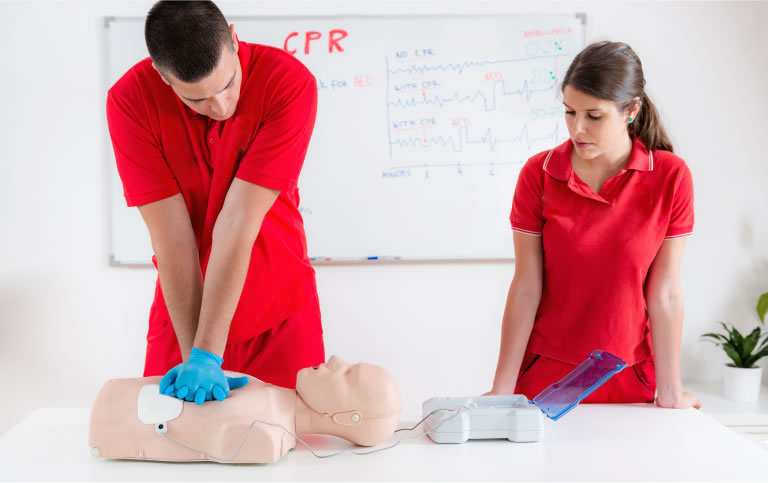CPR, First Aid, BLS, ACLS, PALS certifications.


Learn how to provide essential care before emergency responders arrive with our 100% Online First Aid Course. Complete it in 1–2 hours and receive instant certification valid for 2 years—plus unlimited quiz retakes.
| Chapters | CE Credits | Validity | Cost | Duration | ECC | Exam Attempts | Wallet Card |
|---|---|---|---|---|---|---|---|
| 25 | 6.0 | 2 Years | $36.95 | 1-2 Hrs | Compliant | Unlimited | Download/Print/Mail |
Bites and stings can happen just about anywhere—at home, at work, or while traveling. Whether it’s from a pet, a wild animal, or an insect, knowing how to respond with proper First Aid can help reduce pain, avoid infection, and even save a life. Some reactions can also be allergic and may require the use of an epinephrine pen (see Chapter 7).

These types of injuries can come from:
While reactions can vary, some common symptoms include:
No matter the type of bite or sting:
You’ll learn how to handle all these situations confidently in this Online First Aid Course, giving you the tools to act quickly and safely when it matters most.